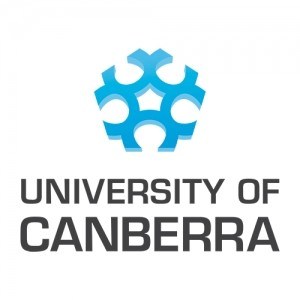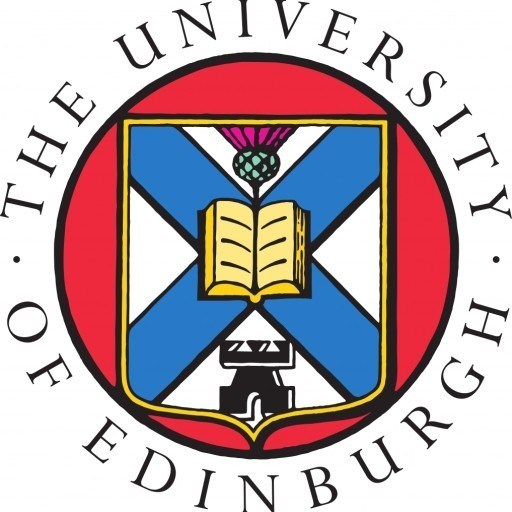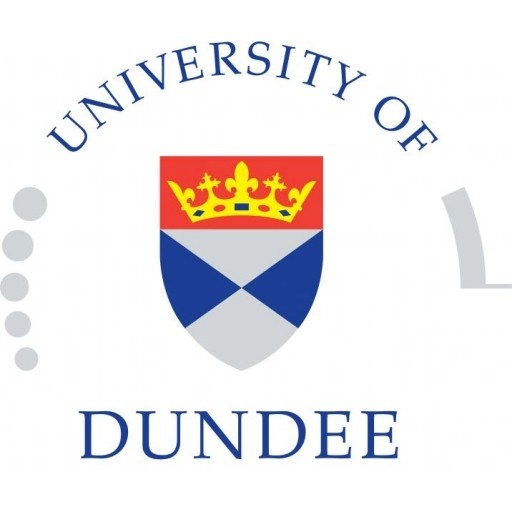Photos of university / #unicanberra
The Bachelor of Digital Design (Visual Communication Design) offers an investigation of the way, as humans, we convey and populate data in distinctively accessible methods, and produce a wellrounded understanding of the idea and practice of communication design.The course investigates both a traditional print-based design perspective and one that covers web-based applications and new technologies. The level includes a strong focus on communicating in the global marketplace and how to look after the business and consumer audiences across different cultural contexts. The degree aims to develop graduates with a thorough knowledge of typography, logotype design, design, publication design, environmental graphics, packaging and digital layout. Graduates will acquire fluency from the visual language and technical skills relevant to visual communication design, and acquire image-making expertise and the capability to create visual design artefacts using a range of analogue and digital press.
The Bachelor of Digital Design (Visual Communication Design) at the University of Canberra offers students a comprehensive education in the creative and technical aspects of digital visual communication. This program is designed to prepare graduates for careers in various fields such as graphic design, user interface (UI) design, visual branding, advertising, digital media, and multimedia production. Throughout the course, students develop a strong foundation in design principles, visual storytelling, and digital tools, enabling them to create impactful visual content across multiple platforms.
The curriculum integrates both artistic and technological skills, emphasizing innovative problem-solving, creative thinking, and effective communication through visual language. Students engage in practical projects that simulate real-world scenarios, allowing them to build a professional portfolio during their studies. The program covers a broad range of topics including typography, colour theory, layout and composition, digital illustration, animation, web design, interactive media, and mobile applications. Additionally, students learn about the principles of user experience (UX) and user interface (UI) design, positioning them to design engaging and user-friendly digital environments.
The program also highlights the importance of understanding audience needs and market trends to produce designs that are both aesthetically pleasing and strategically effective. Students will explore current industry software such as Adobe Creative Suite, Figma, and other digital design tools, ensuring they acquire relevant technical skills. Collaborative projects and industry placements provide valuable opportunities for networking and gaining practical experience, preparing students for the competitive job market.
At the core of the Bachelor of Digital Design (Visual Communication Design) is a commitment to fostering creative innovation and critical thinking. Graduates emerge with the ability to conceptualize ideas visually, develop compelling narratives, and deliver professional digital solutions across diverse industries. The program supports lifelong learning and adaptability, which are essential qualities in the fast-evolving digital landscape. Whether aiming to work in a creative agency, become a freelance designer, or start their own business, students are equipped with the knowledge, skills, and confidence necessary to succeed in the dynamic world of digital design.
- Entry for the program is based on an entrance position. A position can be reached by these ways: Year 1-2 ATAR
- Other Australian Qualification
- Work experience
- Or an overseas eligibility.
The University of Canberra offers a range of financial support options for students enrolled in the Bachelor of Digital Design (Visual Communication Design) program. Prospective and current students can access a variety of scholarships, grants, and loan schemes to assist with tuition fees and living expenses. The university provides scholarships specifically for design students based on academic merit, creative talent, and financial need. These scholarships can significantly reduce the overall cost of studying and often include international student grants as well.
Additionally, students may be eligible for government funding schemes such as education loans and subsidies, depending on their nationality and residency status. Domestic students can apply for Commonwealth Supported Places (CSP), which subsidize part of the tuition fees, making higher education more affordable. International students are typically required to pay full tuition fees, but they have the option to access private loans or sponsorship programs from organizations and employers.
The university also offers flexible payment plans that allow students to spread the cost of tuition over manageable installments. Work-integrated learning components embedded within the program enable students to gain practical experience and earn an income alongside their studies, thereby helping to finance their studies. Furthermore, students are encouraged to explore external funding sources such as industry sponsorships and design competitions that sometimes provide monetary awards or scholarships.
Students are advised to consult the university’s financial support services and scholarship office for personalized guidance on available options, application procedures, and eligibility criteria for financial assistance. The university’s policies are designed to make quality education accessible and affordable, ensuring students can focus on developing their skills in digital and visual communication design without undue financial hardship. Overall, the combination of university-based scholarships, government support, flexible payment schemes, and work opportunities offers a comprehensive financial support system for students enrolled in this innovative program.
The Bachelor of Digital Design (Visual Communication Design) at the University of Canberra offers students a comprehensive education in the principles and practices of visual communication. This program is designed to equip students with creative, technical, and professional skills necessary to succeed in various industries such as branding, graphic design, advertising, web design, and multimedia. Throughout the course, students explore topics including typography, digital imaging, user interface design, motion graphics, and branding strategies. The curriculum emphasizes the development of innovative design solutions, critical thinking, and effective communication skills.
Students have access to state-of-the-art facilities and are encouraged to engage in collaborative projects, internships, and industry partnerships to enhance their practical experience. The program aims to foster both individual creativity and teamwork, preparing graduates for dynamic roles in digital and print media, advertising agencies, design studios, and corporate branding departments. Core competencies include visual storytelling, concept development, and proficiency in industry-standard software such as Adobe Creative Cloud applications.
The program typically spans three years of full-time study, with opportunities for specialization in areas like interactive media, motion graphics, or branding. The university's location in Canberra provides students with exposure to a vibrant arts and media scene, along with networking opportunities with industry professionals and organizations. Graduates of the Bachelor of Digital Design (Visual Communication Design) are well-prepared to pursue further postgraduate study or enter the workforce immediately, contributing innovative visual communication solutions across multiple platforms and mediums.
The program also emphasizes sustainability and ethical practices in design, ensuring students are aware of their social responsibilities as future designers. With a focus on both theoretical foundations and practical application, the course encourages experimentation, critique, and continuous learning. Overall, this program aims to develop adaptable, skilled designers who can navigate the fast-changing digital landscape and make meaningful contributions to the communication industry.







